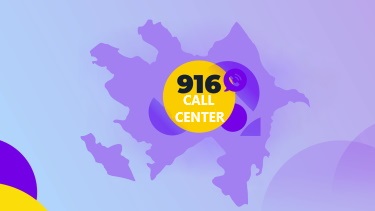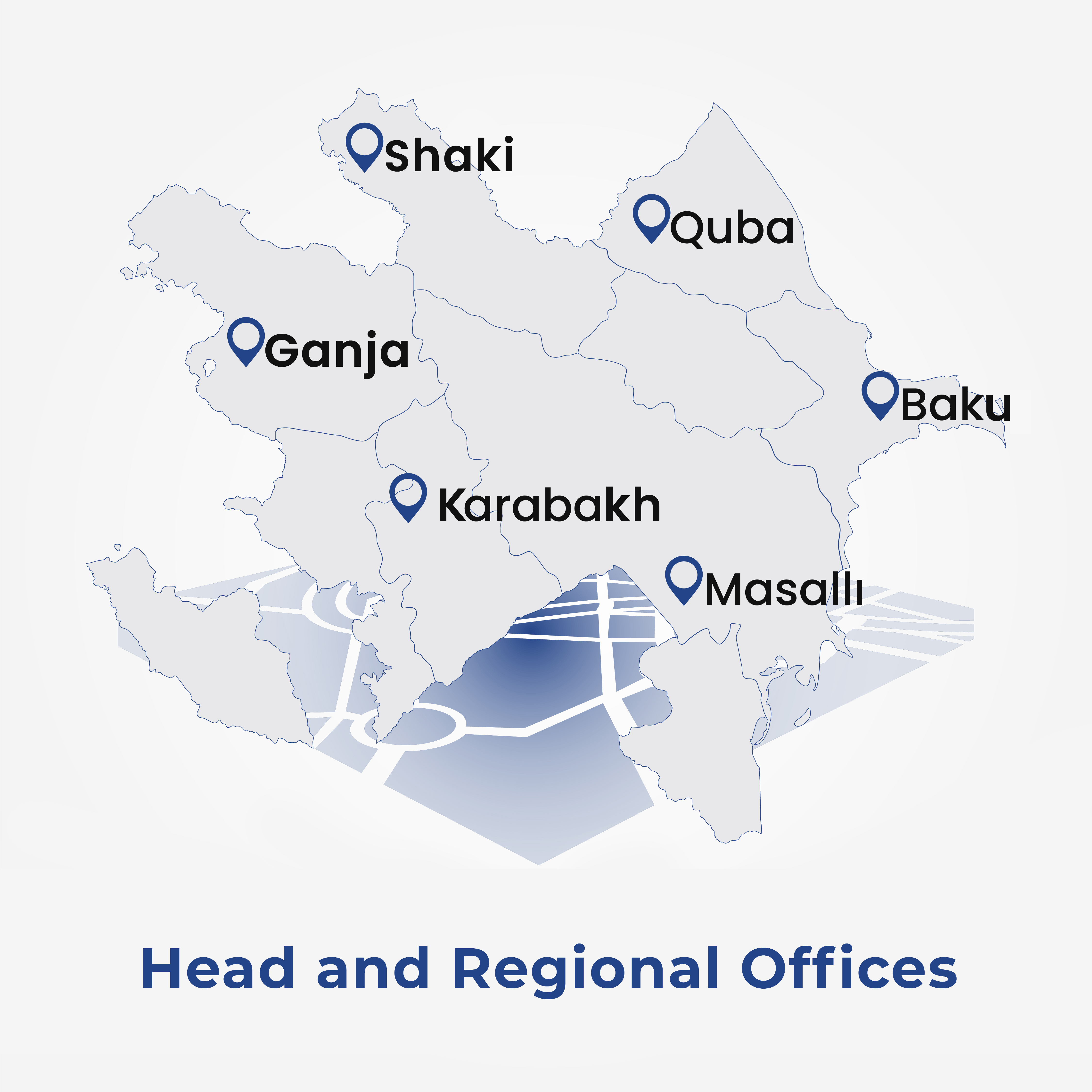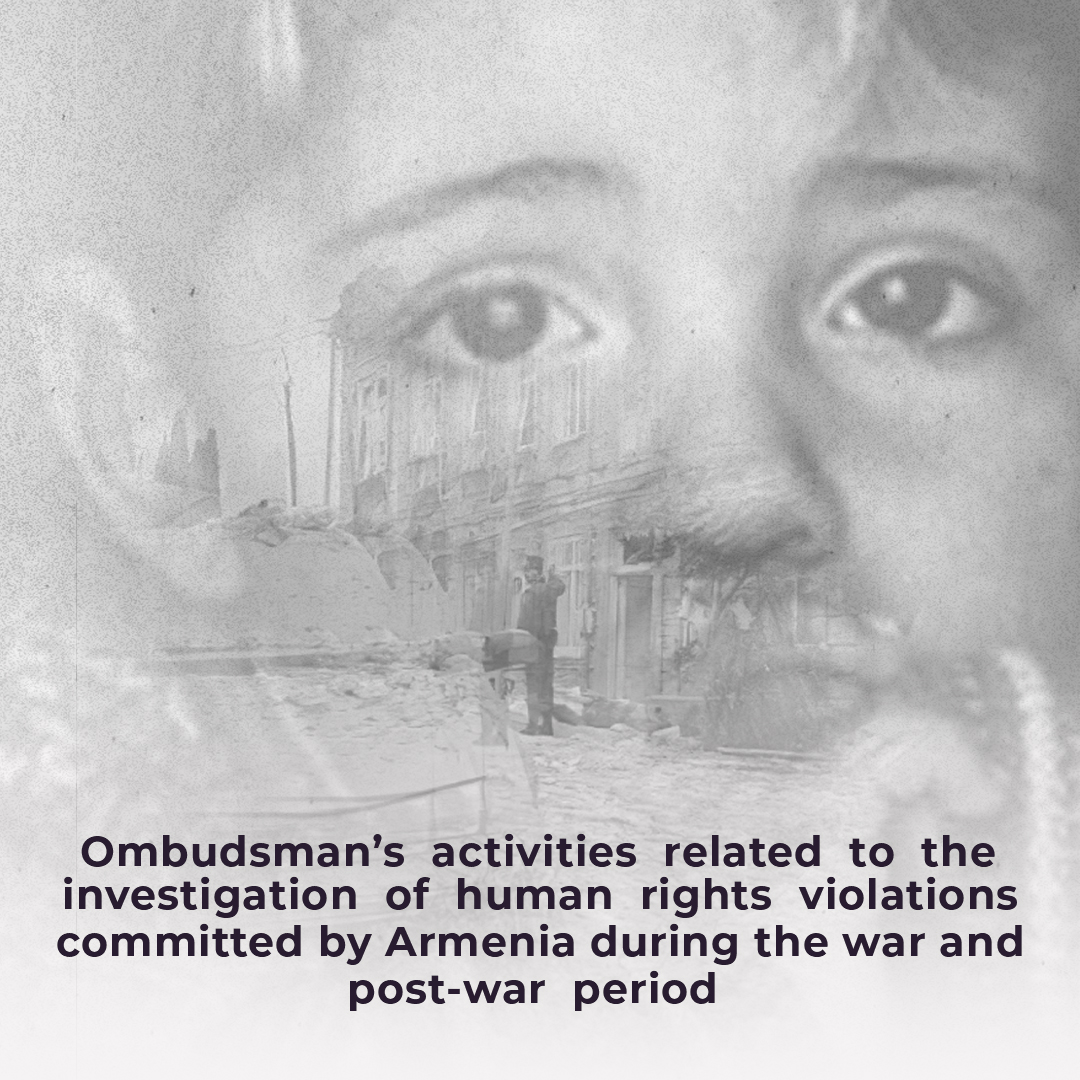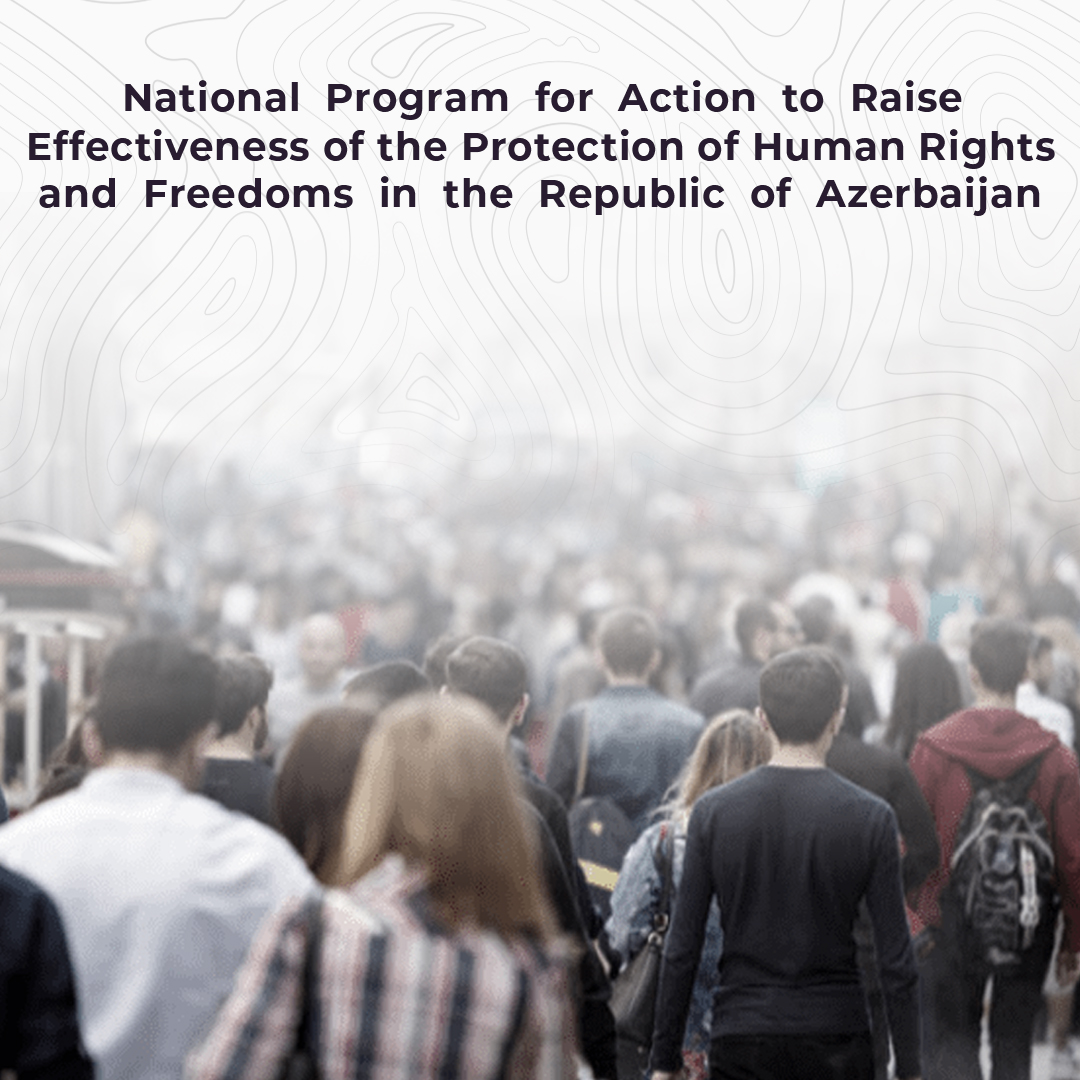
- Home page
- Commissioner
-
Activity Directions
- Mental Health and Human Rights
- Protection of the Rights of Population Groups
- Protection of the Right to Information
- Independent Monitoring Mechanism
- Legal Education
-
International Cooperation
- Cooperation with international organizations
- Cooperation with non-governmental organizations
- Study visits
- Projects
- Statements addressed to the international organizations
- “Ad hoc” reports
- Parallel and alternative reports submitted to the UN Treaty Bodies
- Oral and written statements submitted to the UN Human Rights Council
- Memorandums of cooperation
- Baku Declarations of Ombudspersons
- International Baku Forum
- Scientific Analytical Work
- Cooperation with Public and Civil Society Organizations
- Business and Human Rights
- National Preventive Mechanism Against Torture
- Protection of Human Rights
- Documents
- Media
- Live
- Contact
- Home page
- Commissioner
-
Activity Directions
- Mental Health and Human Rights
- Protection of the Rights of Population Groups
- Protection of the Right to Information
- Independent Monitoring Mechanism
- Legal Education
-
International Cooperation
- Cooperation with international organizations
- Cooperation with non-governmental organizations
- Study visits
- Projects
- Statements addressed to the international organizations
- “Ad hoc” reports
- Parallel and alternative reports submitted to the UN Treaty Bodies
- Oral and written statements submitted to the UN Human Rights Council
- Memorandums of cooperation
- Baku Declarations of Ombudspersons
- International Baku Forum
- Scientific Analytical Work
- Cooperation with Public and Civil Society Organizations
- Business and Human Rights
- National Preventive Mechanism Against Torture
- Protection of Human Rights
- Documents
- Media
- Live
- Contact
Call center
916
Ombudsman Institution of Azerbaijan extends its activity in child rights protection
New development trend in our country necessitates the sustainability of consistent reforms in child rights protection. The Office of the Commissioner for Human Rights (Ombudsman) of the Republic of Azerbaijan and its Regional Centers continue the activities in harmonization of the national legislative framework with international standards, developing the cooperation with state bodies and civil society institutions in terms of human rights promotion and satisfaction of citizens.
Furthermore, the scope of the international cooperation for the fulfillment of state obligations driven from international treaties, ratified by the State and national state programs is also extended.
According to the Annual Action Plan agreed between the UNICEF Country team and the Ombudsman Office, a new direction of activity has started by a group of social workers and lawyers to fulfil the CRC (Committee) Recommendations.
This activity will be associated with monitoring of education, health, social-care establishments, penitentiaries and shelters and entail the elimination of the existed difficulties and reforms carried out at the national level.
This should be noted that the Commissioner for Human Rights of Azerbaijan (HRCA) continued its activities during the period of pandemic and taking account of the existed epidemiological situation, full access was provided for all groups of the population to apply to the Ombudsman. The Commissioner is being received applications from various groups of population online and through social networks (Facebook and Twitter) and hotlines.
The activities of the Ombudsman’s Ganja, Sheki, Guba and Jalilabad Regional Centers in the surrounding districts and cities, where they are located and which they cover, also create additional opportunities for the population in terms of on-site investigation of appeals from the regions and awareness activities.
- National preventive mechanism against torture
- Protection of the rights of population groups
- Protection of the rights of refugees, IDPs and migrants
- Protection of the rights of detainees and prisoners
- Protection of the rights of military servants
- Protection of women's rights and provision of gender equality
- Protection of child rights
- General
- Legal awareness
- Protection of the rights of older people
- Protection of the rights of persons with disabilities
- Cooperation with public and civil society
- National preventive mechanism against torture
- International cooperation
- Non-Governmental Organizations
- Public hearings
- Mass media
- Business and Human Rights
- Protection of the rights of martyrs' families and war veterans
- Protection of the rights of migrants
- Prevention of discrimination and ensuring equality
- Right to information
- Mental health
- .
-

- The Ombudsman participated in the International Conference on “Artificial Intelligence and Human Rights: Opportunities, Risks and Visions for a Better Future” in Qatar.
-

- The Ombudsman sent letter to UN High Commissioner for Refugees regarding protection of rights of persons deported from Armenia.
-

- A representative of the Ombudsman Office took part in an event organized by the Ministry of Energy.
-

- The Ombudsman’s representatives participated in the Pardon Decree Enforcement Ceremony.
-

- A series of legal awareness events were organized by the Ombudsman's Regional Centers.
-




